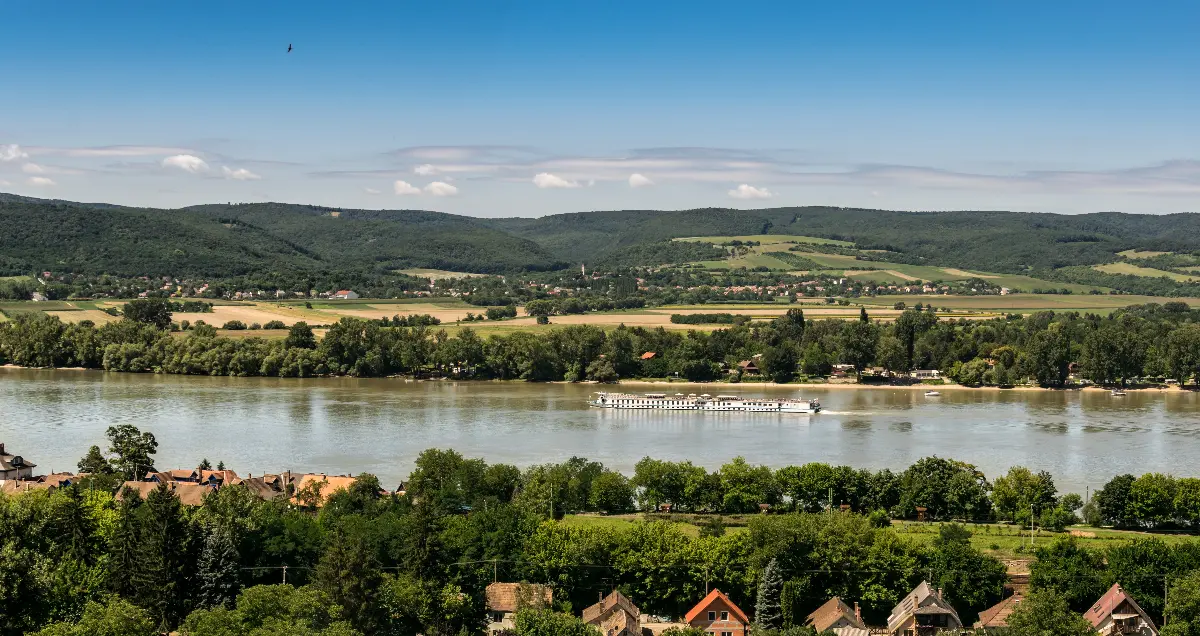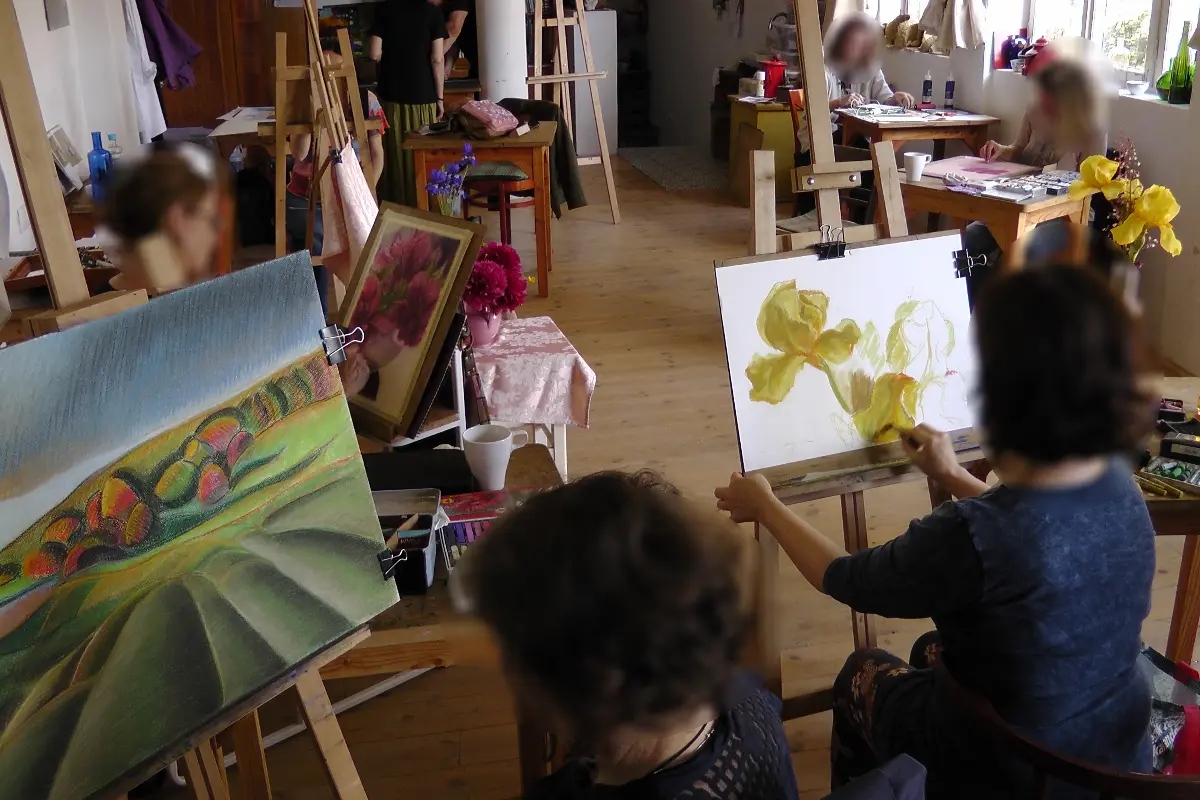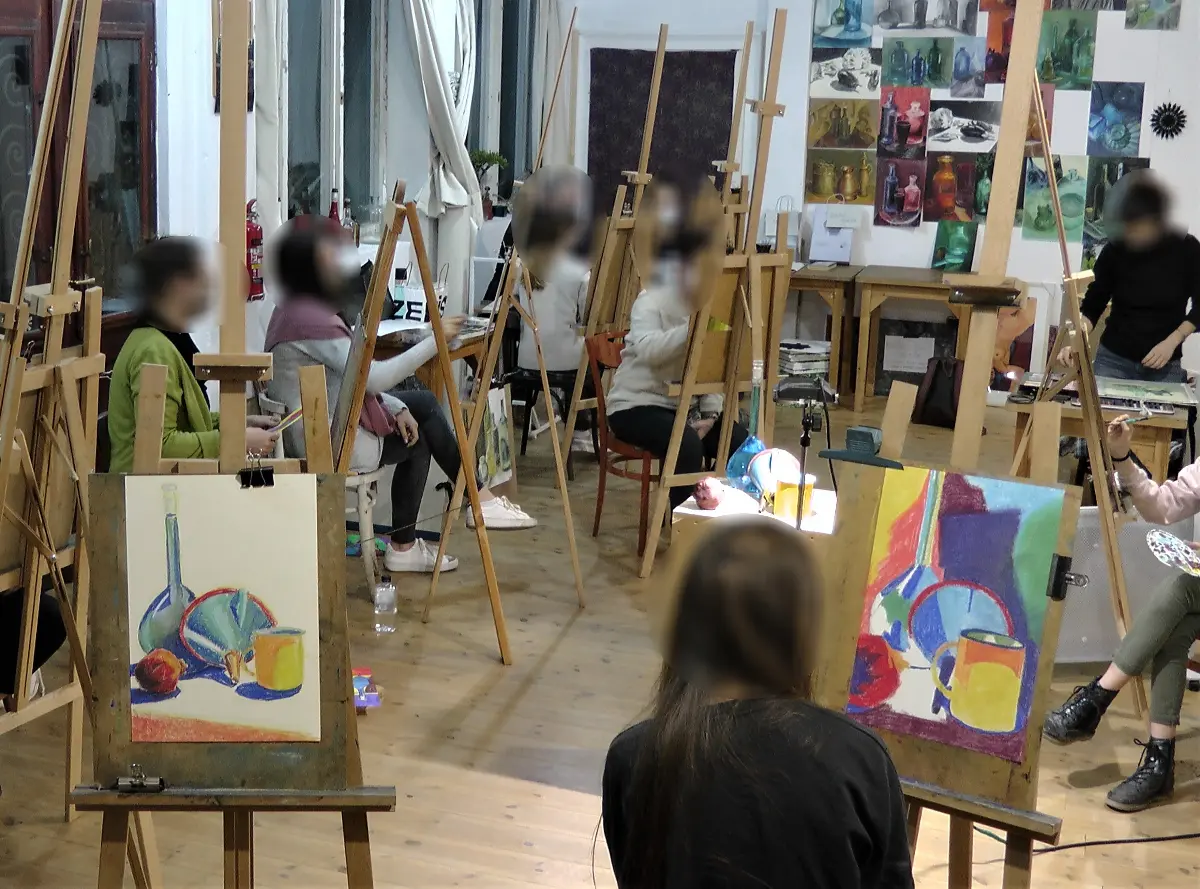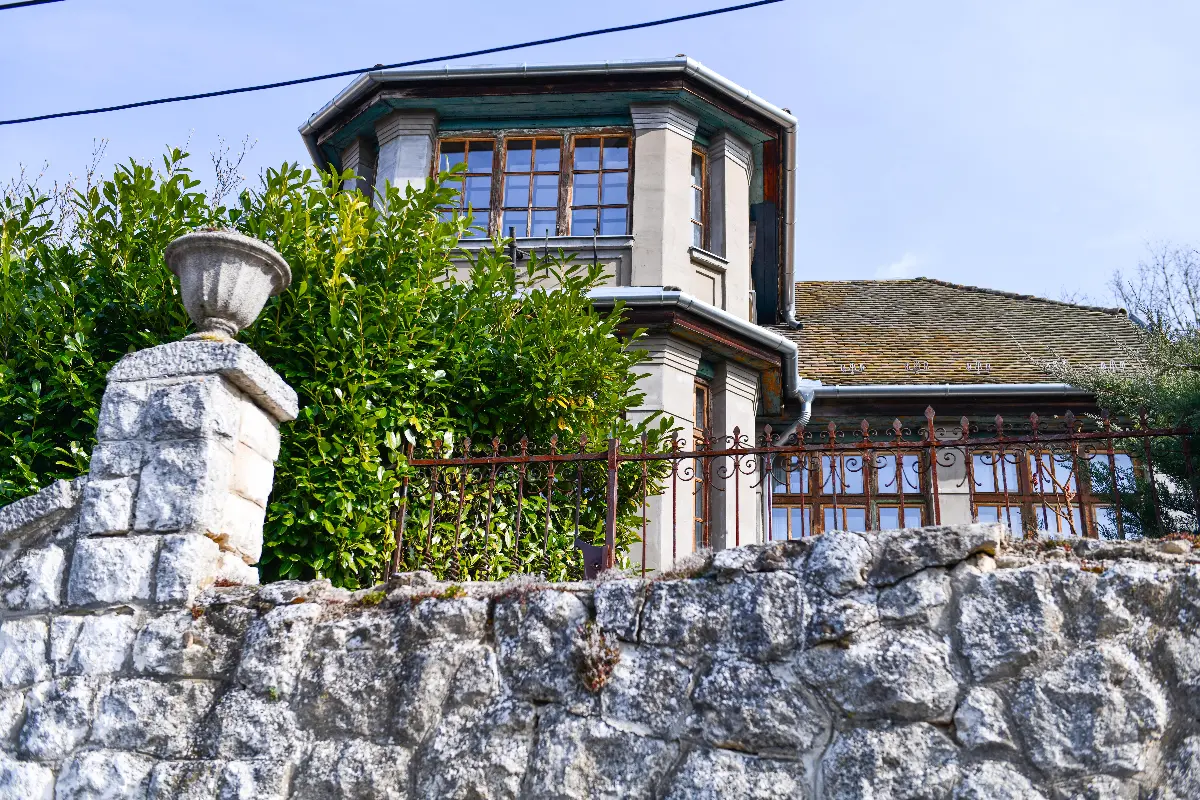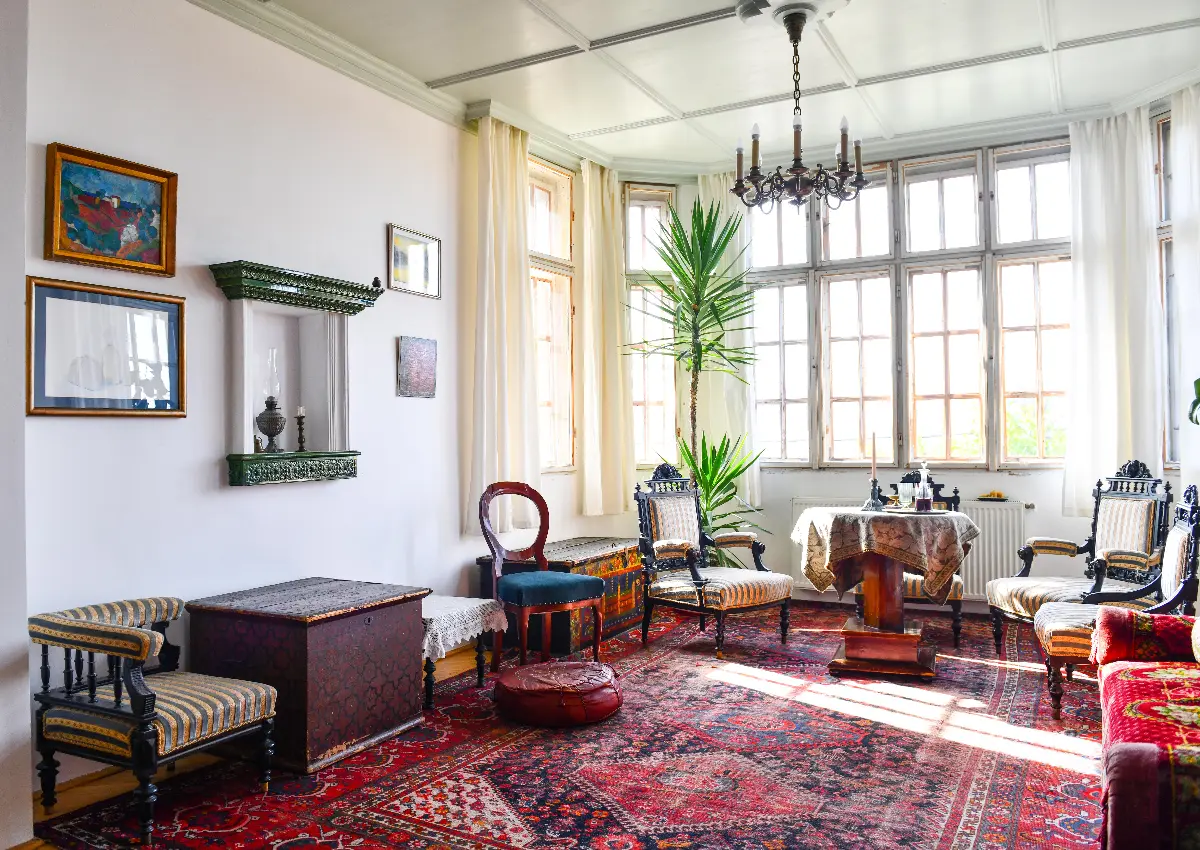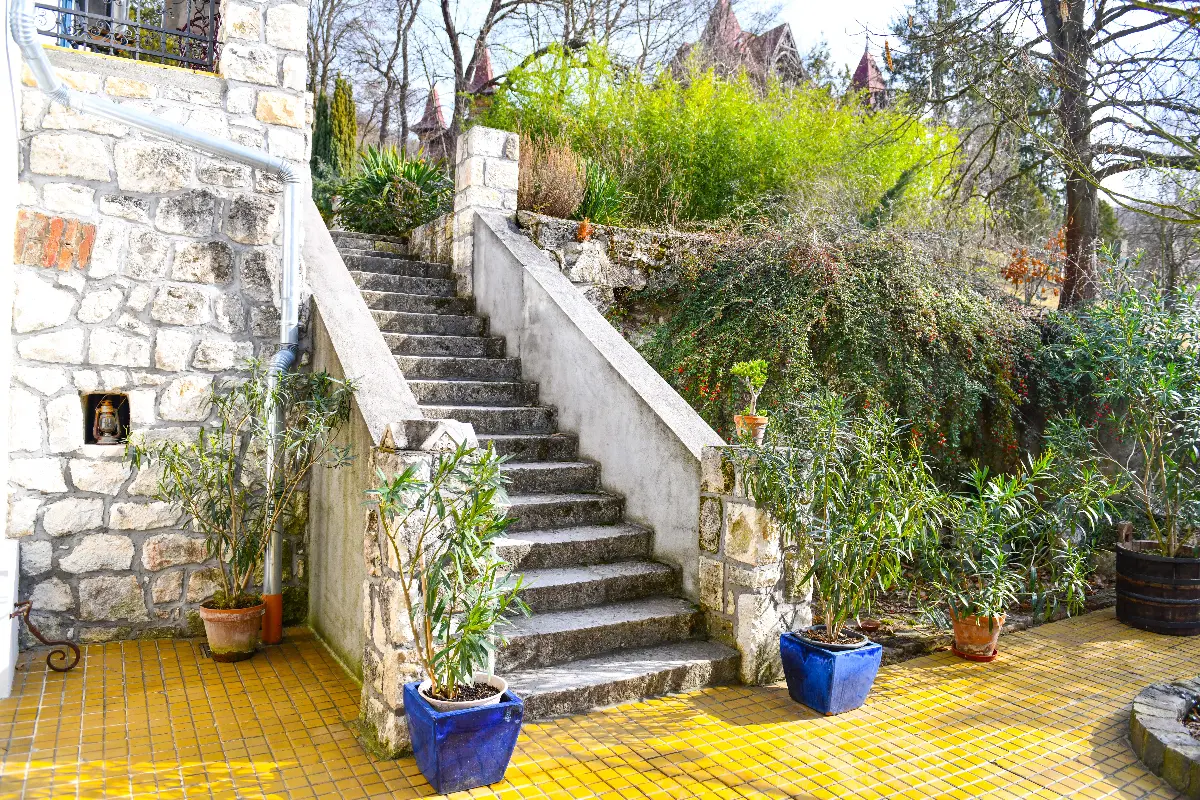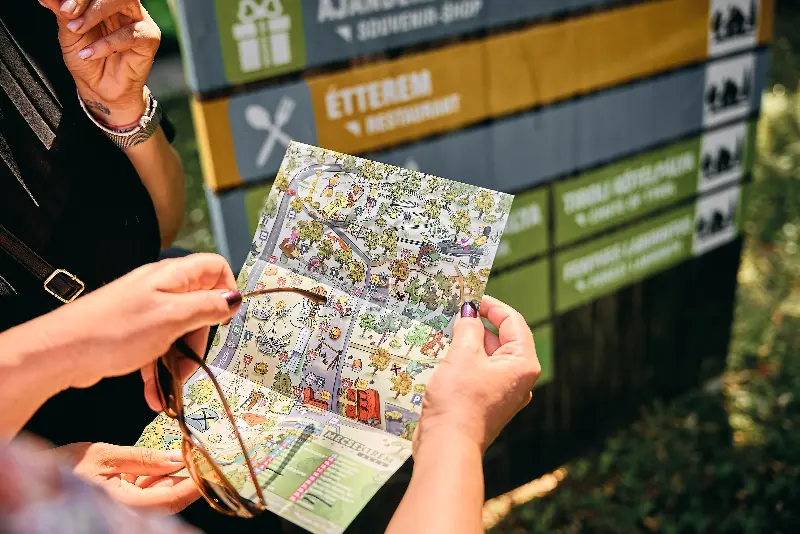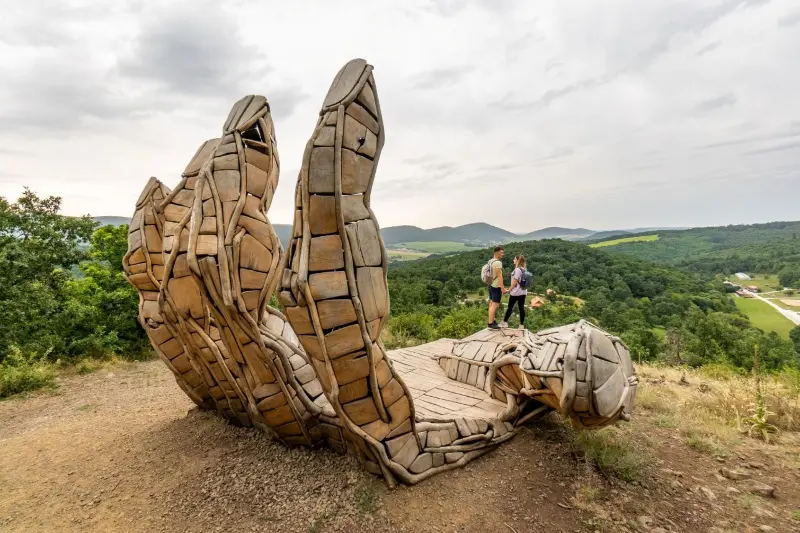
Helyszín címkék:
Amrita Sérgil’s (or Sher-Gil, 30 January 1913 – 5 December 1941) mother, Marie Antoinette Gottesmann, got to Punjab thanks to luck: if the art-lover girl coming from a family of artists and learnt opera singing from Puccini had not worked for the family of the Sikh Maharaja as a lady companion, she would never have got to the legendary Southern Asian country. The Hollywood movie-like story had a twist, of course: she met Umrao Sher-Gil, the young scientist, the professor of Persian literature, son of the Raja of Shimla. The young lovers got married, as it had to be, although the Raja’s family kept their once significant wealth only in the externalities, which was an abundant source of tension.Their first daughter, Amrita, was born in Budapest, just like her sister, Indira, one year later. If it had not been for the First World War, maybe the exciting story would have continued elsewhere, but the family got stuck here, and, enjoying the Gorresmann family’s hospitality, they got to Zebegény among others – this village nestled itself in Amrita’s heart forever.
“Between Delhi and London, Zebegény is the centre of the world”
she wrote years later, proving how important a role the Danube Bend played in her life. Culture and fine arts were indispensable in her family: her uncle, the scientist Ervin Baktay who also had a connection to the region due to his Indian camps, was also an excellent drawer, and their close relative, Alfréd Gottesmann hussar lieutenant, was an outstanding painter of his era. No wonder that Amrita turned to pencils and brushes in this environment – when in 1921 her family returned to the feet of the Himalayas, she did not stop trying her wings; she even sent a few drawing papers back to her relatives.
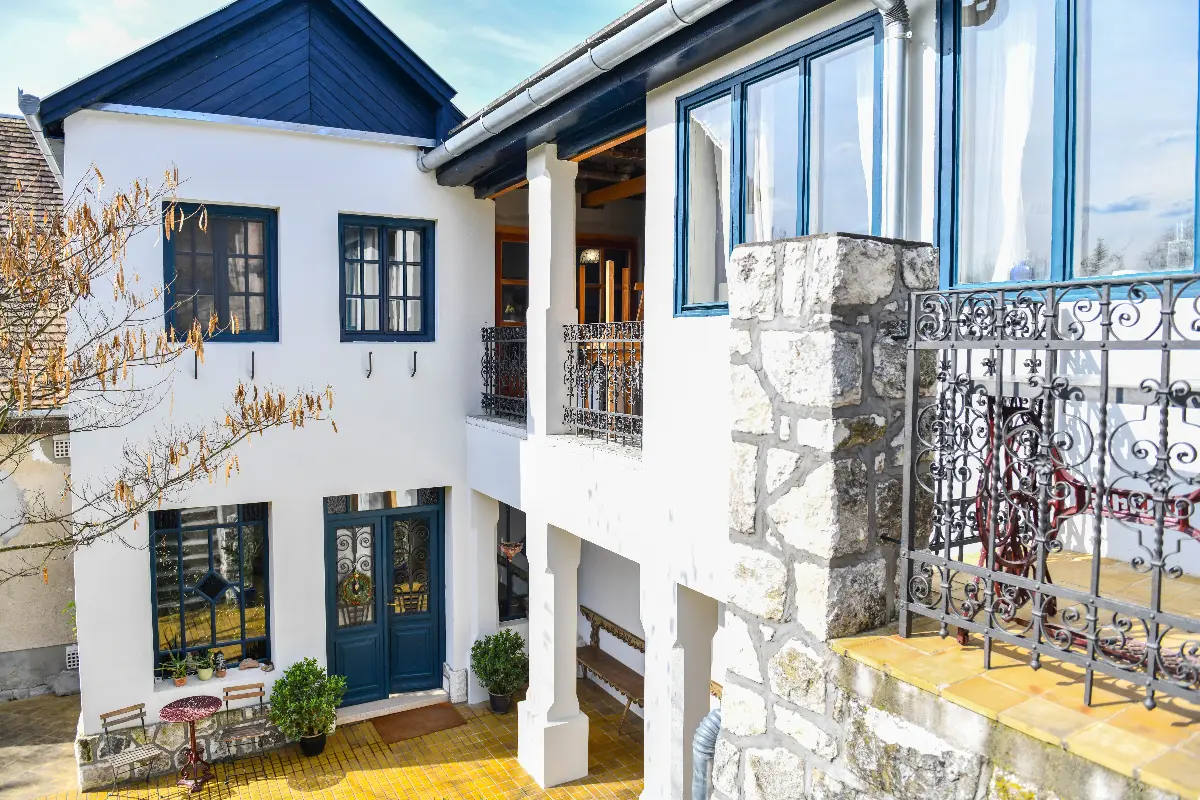
The family’s unity was in danger several times. Marie-Antoinette struggled with depression for years and had lovers. Still, the family’s life was turned upside down only by an Italian sculptor, for whom the mother left her husband and moved to Florence with her daughters. The romance did not last long, and the family later reunited in India. But they never let go of fine arts: not to break the girls’ improvement the family moved to Paris in 1929, where Amrita studied at the Académie de la Grande Chaumiére from Lucien Simon and later under the auspices of Pierre Henri Vaillant, famous genre and portrait painter. The adolescent girl behaved like an adult, but besides debauched love affairs, she also accomplished her original goal: In 1933 she got into the Grand Salon Paris with her painting entitled “Young Girls”, and she received the gold medal of the prestigious exhibition. It seems like not only art but turbulent emotions did not avoid the family either. When Amrita was not in India, she liked visiting Hungary – the family and the relatives frequently met at the Zebegény house of Ella Gottesmann, wife of Lajos Szepessy. The sensitive, cultured girl painted here too, naturally; she immortalised the Danube Bend’s beauty on numerous paintings. She spent a lot of time with her cousin, the half-Irish, half-Hungarian Viktor Egan. Despite the family’s protest, they fell in love. They got married in 1938 and moved to Budapest. The distance from the parents worked well – the husband went to Kiskunhalas to work as a military doctor, where Amrita followed him. Based on their letters of that time, their relationship was not ordinary. Since they were aware of the dangers of marrying within the family, they decided not to have children, nevertheless, Amrita did not want to become a mother anyway. Her only goal was her artistic self-realisation. Besides, with her husband’s consent, she continuously had lovers, like her mother, both men and women.
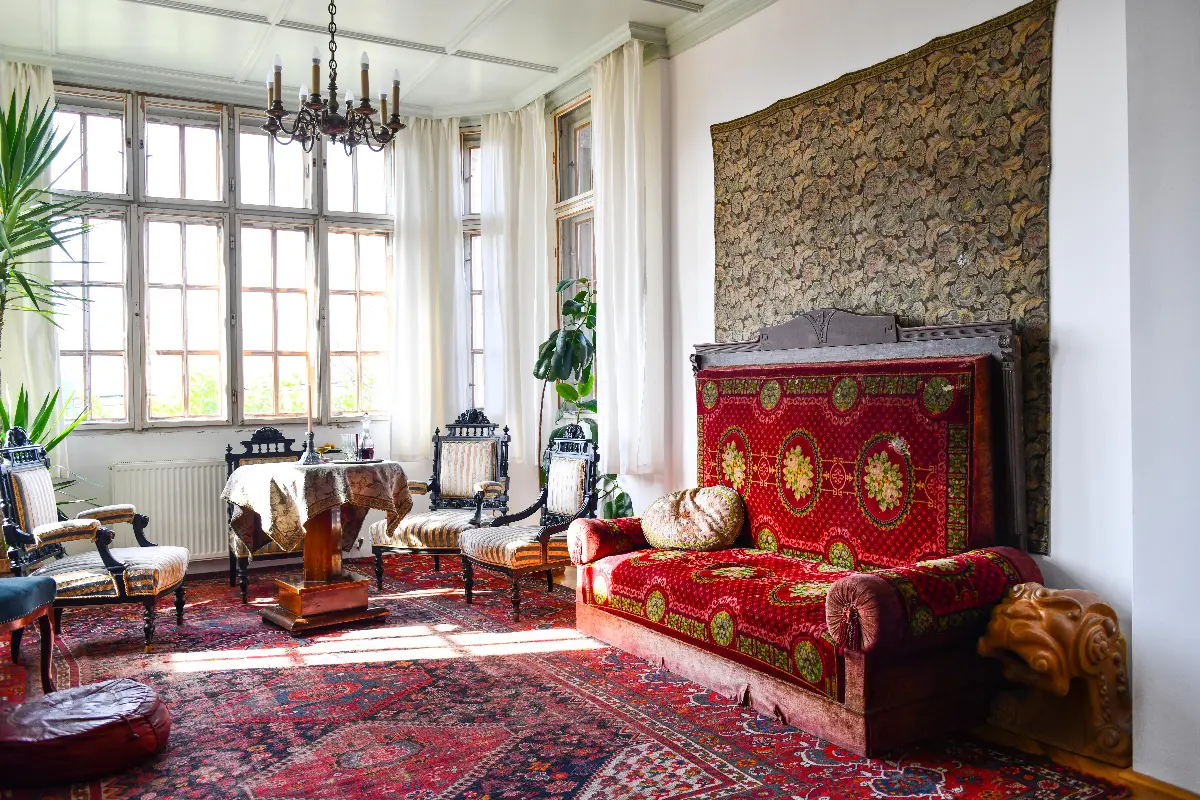
Due to the threat of the Second World War, the couple decided to leave the country. India seemed like an obvious choice, where both of them seemed to find their account. Viktor became a doctor in the factory of his wife’s uncle, and Amrita painted, finding more and more the style in which she became one of the pioneers of Indian fine arts. Her oeuvre is exciting and diverse but not at all complete. Viktor Egan opened his own office in Lahore, Punjab. His wife furnished her studio happily and started painting with great enthusiasm. The day of her first solo exhibition was approaching when Amrita Sérgil suddenly fell ill, slipped into a coma, and passed away on 5 December, 1941. Her body was cremated the day after her death in line with local customs, so the real reason for her death was never revealed: according to some sources, malpractice during one of the numerous abortions her husband carried out on her caused it. With her passing, the diverse family cracked, some of the family members accused Viktor of purposefulness and even poisoning. Her father became ill with grief, and her mother fell into permanent depression and shot herself a few years later. Her husband never left India again. Some years later, he got married again, and ironically, his daughter also became a painter.
Those searching for the memories of Amrita Sérgil in Zebegény often wonder which was the house, the street where the artist got inspiration during her Danube Bend visits. We do not know whether it’s the interplay of coincidences or the spirit of the place, however, the villa that once belonged to the Szepessy and Gottesmann family is still a splendid creative workshop, where the Zebegény Painting School operates, led by Gábor Fenyvesi and Orsolya Csilléry, artists. Even if you cannot find original Amrita Sérgil paintings on the walls – as in India they have been declared a national treasure and cannot be taken out of the country; they change hands for millions of dollars – the visuality and creative force radiated by Zebegény and the Danube Bend still impress the visitors.

